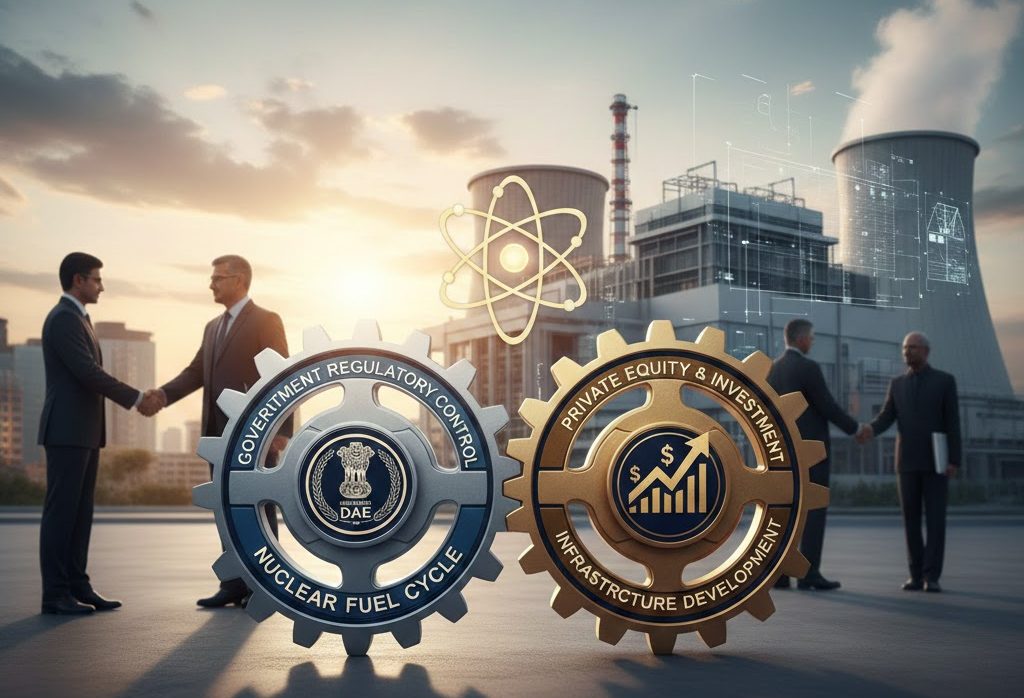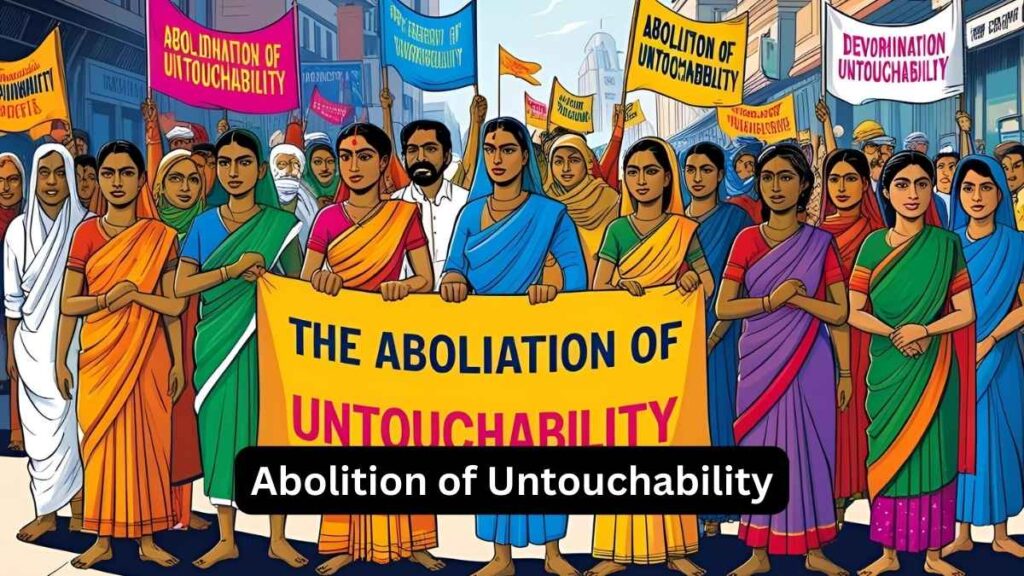Font size:
Print
Energy Security in a Changing World
Context:
On a cold January night in 2025, as the world tuned in to Donald Trump’s second inaugural address, global energy markets prepared for a familiar storm. “America will never be held hostage by foreign energy,” he declared, reaffirming his commitment to energy independence—an echo of his first term’s aggressive stance on self-sufficiency.
More on News
- Meanwhile, in India, Prime Minister Narendra Modi’s administration was taking a different path.
- By diversifying India’s energy sources and maintaining strategic partnerships with the U.S., Russia, and the Middle East, the government embraced a more flexible approach.
- This divergence between the two leaders’ energy policies raises a fundamental question: In the pursuit of energy security, should nations strive for complete independence or prioritise strategic adaptability?
Energy as a Geopolitical Tool
- Central to Power: Energy has always been central to global power dynamics.
- Nations that control energy resources wield immense influence over trade, security, and diplomacy.
- Strategic Weapon: In today’s volatile geopolitical climate, energy is not just a commodity—it is a strategic weapon.
-
- While Trump advocated for self-reliance to minimise foreign dependencies, Modi’s emphasis on diversification reflects a more pragmatic strategy, recognising that resilience stems from adaptability rather than isolation.
Strategic Autonomy vs. Energy Dominance
- Sovereignty: Strategic autonomy enables a nation to make sovereign energy decisions without excessive dependence on any single supplier.
- India has secured long-term LNG contracts with the U.S., Australia, and Qatar while strengthening energy ties with Russia through discounted oil deals, even amid Western sanctions.
- This approach mitigates price volatility, shields against supply disruptions, and balances geopolitical pressures with domestic energy needs.
- Withstanding Energy Shocks: Additionally, investments in nuclear power, electric mobility, and green hydrogen reinforce India’s ability to withstand global energy shocks.
- America First: By contrast, Trump’s “America First” energy policy focused on maximising domestic production to reduce reliance on foreign suppliers.
- His “Energy Dominance” strategy promoted aggressive oil and gas exploration, offshore drilling, and coal industry revitalisation.
- While this yielded short-term economic benefits, it also strained global alliances and heightened environmental risks.
- Supply Chains: The U.S. withdrawal from the Paris Agreement and the imposition of tariffs on energy partners like Canada and Mexico disrupted supply chains, exposing the vulnerabilities of an isolationist approach.
- More recently, Trump reignited trade tensions with the European Union, further complicating global energy cooperation.
Diversification vs. Self-Sufficiency
- At the heart of the contrast between India and US’s policies lies their response to risk: India mitigates risk through diversification, while USA sought to eliminate it through self-sufficiency.
- However, absolute energy independence is becoming increasingly impractical.
- Despite its surge in shale production, the U.S. still relies on oil imports due to refining limitations and market dynamics.
- Similarly, India’s dependence on Russian crude highlights the necessity of flexibility.
- The reality is that both energy exporters and importers must navigate interdependencies rather than rigid doctrines of total independence or reliance.
- India’s push for renewable energy aligns with global sustainability goals, with an ambitious target of 500 GW of non-fossil fuel capacity by 2030.
- Initiatives such as the International Solar Alliance position India as a leader in clean energy, recognising that long-term energy security is tied to climate resilience.
- Investments in renewables not only reduce exposure to fossil fuel price fluctuations but also enhance grid stability and energy independence.
- USA’s approach, on the other hand, prioritised fossil fuel expansion at the expense of environmental policies.
- His administration rolled back regulations, imposed tariffs on clean energy imports, and distanced itself from multilateral climate efforts, which alienated key allies.
Energy Diplomacy: Balancing Alliances vs. Isolationism
- Balancing: India’s energy diplomacy strategically balances relationships with Russia, the U.S., and Gulf nations, ensuring stable supplies despite global uncertainties.
- India’s continued import of Russian oil amid Western sanctions exemplifies the effectiveness of flexible alignment in securing energy needs.
- Vulnerability: Conversely, Trump’s hardline stance against Iran and tariff disputes with key trading partners disrupted longstanding alliances.
- This illustrates how energy isolation can, paradoxically, increase vulnerability rather than enhance security.
In an era of geopolitical volatility and rapid technological advancement, those who embrace this dynamic equilibrium will not only withstand energy disruptions but also emerge as leaders in shaping the future of global energy security.


